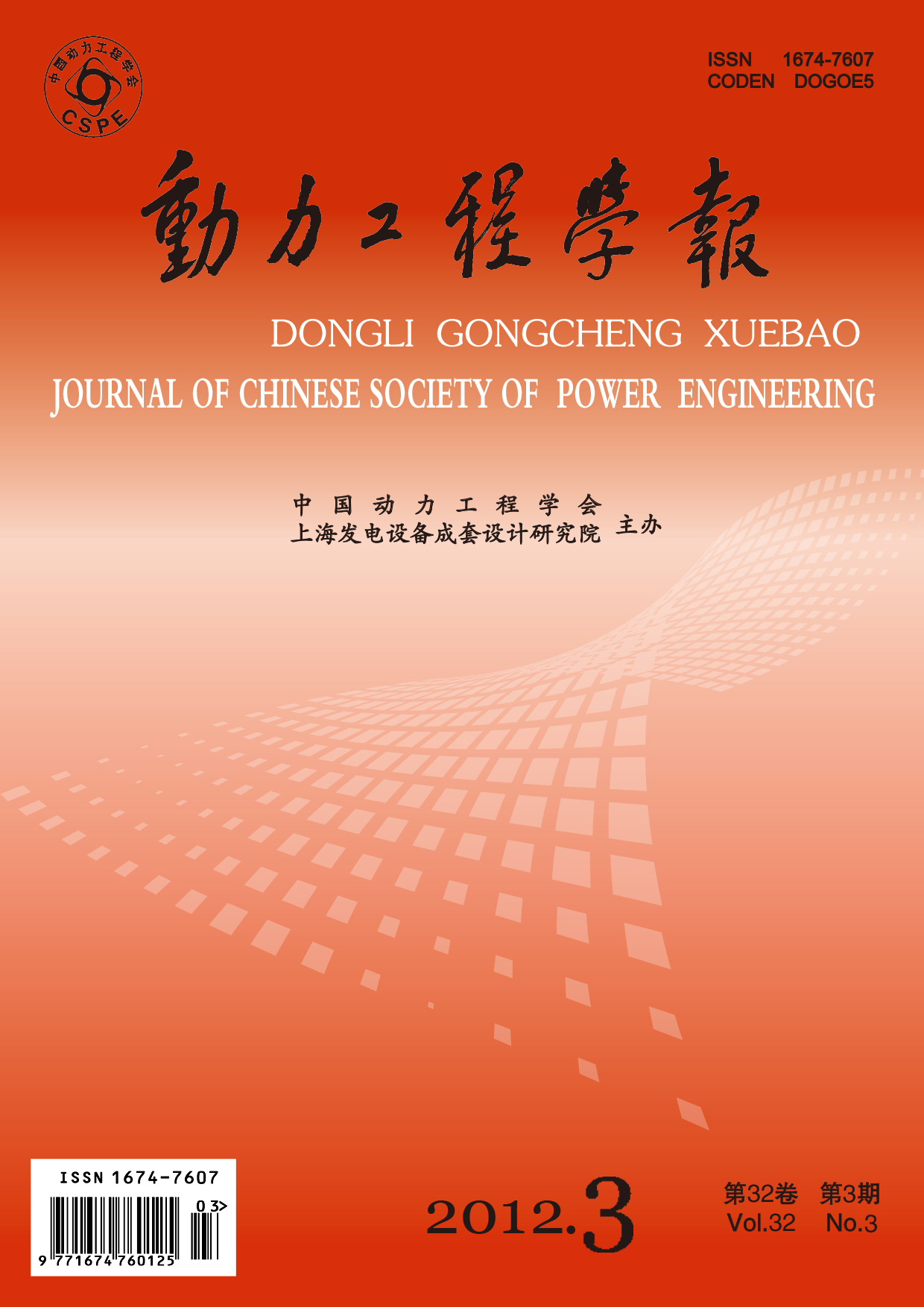Environmental Science
LI Guang-jian, FU Pei-fang, MA Qi-lei, WANG Na, ZHOU Huai-chun
2012, 32(3): 212-216.
Experimental studies were carried out in a thermo-balance reactor on the calcination characteristics of limestone for sulfur dioxide capture, while sulfur capture tests performed in a simulated rotary furnace with coal samples of different grades, so as to analyze the effect of Ca/S molar ratio, bed temperature and reaction time on the capture process. Results show that high desulfurization efficiencies can be obtained at a bed temperature of 850 ℃ and a Ca/S molar ratio of 2.3. The higher the temperature rising speed, the earlier the limestone starts to decompose, resulting in a higher decomposition speed of limestone. During desulfurization process, there exists an optimal reaction time, compared with which if actual reaction time is shorter than it, incomplete reaction will be resulted; whereas if actual reaction time is longer than it, lower desulfurization efficiency will be produced, due to partial decomposition of sulfate caused by reduction atmosphere in late stage of coal combustion. At an appropriate Ca/S molar ratio, there exists an optimal matching condition of furnace temperature with reaction atmosphere, which produces the highest desulfurization efficiency.
